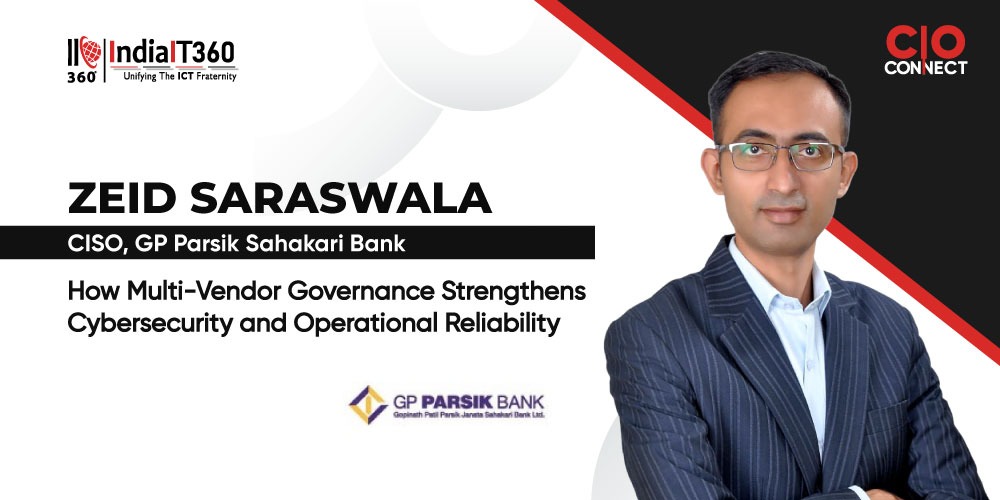How to Safeguard Your Public-Facing Applications – Protect from Web Demons
The digital transformation of businesses has significantly expanded the attack surface. Public-facing applications are essential for customer engagement, but they are also prime targets for cybercriminals. A single vulnerability can lead to data breaches, operational disruptions, and financial losses.
Recent reports highlight the escalating nature of these threats. For instance, in the first half of 2024, there was a 106% increase in DDoS attack frequency compared to the latter half of 2023. These attacks now average 45 minutes in duration, costing unprotected organizations approximately $270,000 per incident. (Businesswire.com)
Additionally, a 2024 study revealed that cyberattacks grew by 26% in the third quarter compared to the same period in 2023. Notably, there was a 145% increase in bot based attacks, with six out of ten websites experiencing DDoS attacks and nine out of ten encountering bot attacks. (Indusface.com)
Threats like DDoS attacks, SQL injection, and bot-driven exploits are becoming more sophisticated. The challenge isn't just preventing these attacks but ensuring that security measures do not compromise performance and user experience. Let’s dwell into the practical strategies to safeguard public-facing applications without hindering business operations.
Identifying the Most Common Web Threats
Before building a strong defense, it’s crucial to understand the primary threats that target public-facing applications:
- DDoS Attacks: Overwhelming a website with traffic, causing downtime and disruption.
- SQL Injection: Exploiting vulnerabilities in database queries to gain unauthorized access.
- Cross-Site Scripting (XSS): Injecting malicious scripts into webpages to compromise users.
- Zero-Day Exploits: Attacking undiscovered vulnerabilities before patches are available.
- Bot Traffic & Scraping: Unauthorized data extraction, leading to data breaches or performance issues.
The Essential Protection Strategies
1. Implement DDoS Mitigation Techniques: DDoS attacks can cripple a business by making web services unavailable. Advanced threat protection solutions can differentiate between legitimate and malicious traffic, ensuring that harmful requests are blocked while genuine users maintain access.
2. Regular Security Patching & Updates: Hackers exploit outdated software to infiltrate systems. Regularly updating your application, plugins, and third-party integrations helps close security gaps before attackers can exploit them.
3. Adopt a Zero Trust Security Model: The Zero Trust approach ensures that every access request is verified, regardless of whether it originates inside or outside the organization. Multi-factor authentication (MFA), access control policies, and least privilege access help minimize unauthorized intrusions.
4. Bot Management & Traffic Filtering: Not all bots are bad, but some are designed for web scraping, credential stuffing, and launching automated attacks. Using an intelligent bot management system can detect and mitigate malicious bots while allowing beneficial ones to function.
AI & Automation: Fighting Web Demons in Real-Time
Artificial intelligence and automation play a critical role in modern cybersecurity. With AI-driven monitoring tools, businesses can:
- Identify unusual patterns and behavior that may indicate a cyberattack.
- Instantly respond to threats, reducing manual intervention and response time.
- Predict potential attacks before they happen, leveraging machine learning algorithms.
 Advertisement
Advertisement
Best Practices for Long-Term Protection
Beyond deploying security solutions, organizations should adopt ongoing best practices to ensure long-term protection:
- Conduct Regular Penetration Testing: Simulate attacks to identify and fix vulnerabilities.
- Rate limiting control: A mechanism implemented to restrict number of requests to a system within specific timeframe.
- Enforce Multi-Factor Authentication (MFA): Add an extra layer of protection for user access.
- Train Employees on Cybersecurity Awareness: Employees are often the weakest link; proper training reduces human error.
- Ensure Backup & Disaster Recovery Plans: Be prepared to recover quickly in case of a breach.
Conclusion: Staying One Step Ahead
The battle against Web Demons is ongoing, and as cyber threats evolve, so must security strategies. Organizations must adopt proactive defense mechanisms, leveraging AI-powered security tools that provide real-time threat detection and mitigation.
A robust Web Application Firewall (WAF) solution can play a critical role in protecting public-facing applications by analyzing incoming traffic, blocking malicious requests, and ensuring a seamless user experience without compromising security.
Additionally, modern security solutions offer continuous traffic monitoring, real-time threat detection, AI-driven vulnerability assessments, and automated malware scanning to prevent evolving threats. With instant alerts for unauthorized content changes and AI-powered security rules, organizations can minimize risk without constant manual intervention.
By implementing advanced security solutions with zero configuration and minimal administrative overhead, businesses can fortify their digital infrastructure—ensuring end-to-end protection against emerging vulnerabilities, credential stuffing attacks, and web-shell intrusions.
The question is no longer if your web applications will be attacked, but when—and whether you’re prepared to stop the Web Demons in their tracks.
Article Written by Vinit Sinha, Director - Cybersecurity (APAC Lead) at Mastercard








































